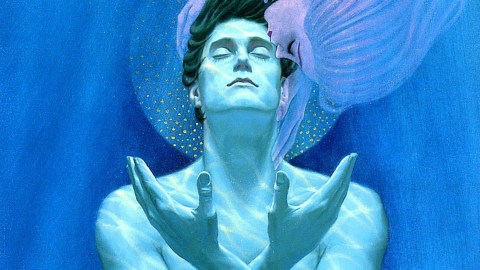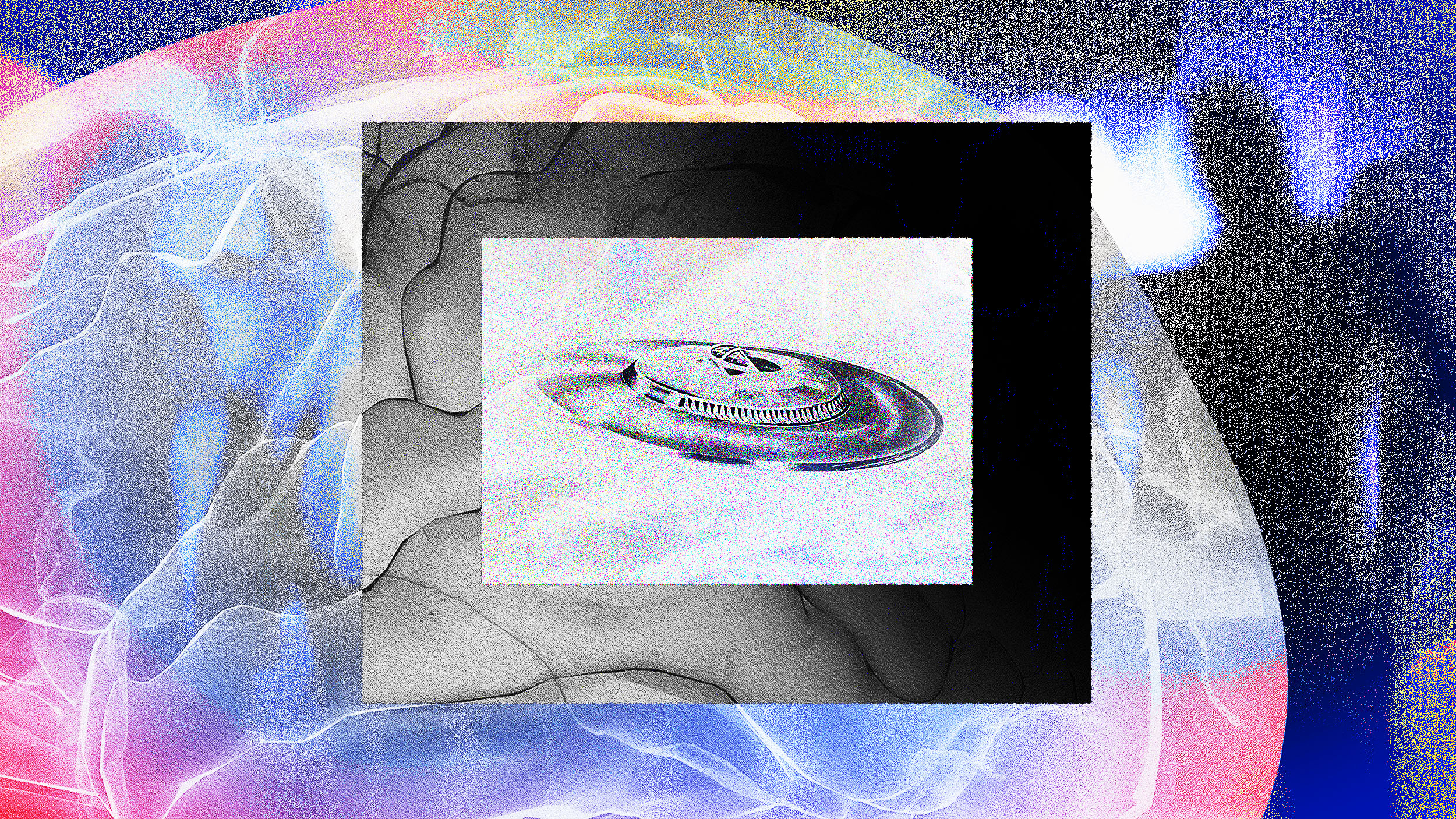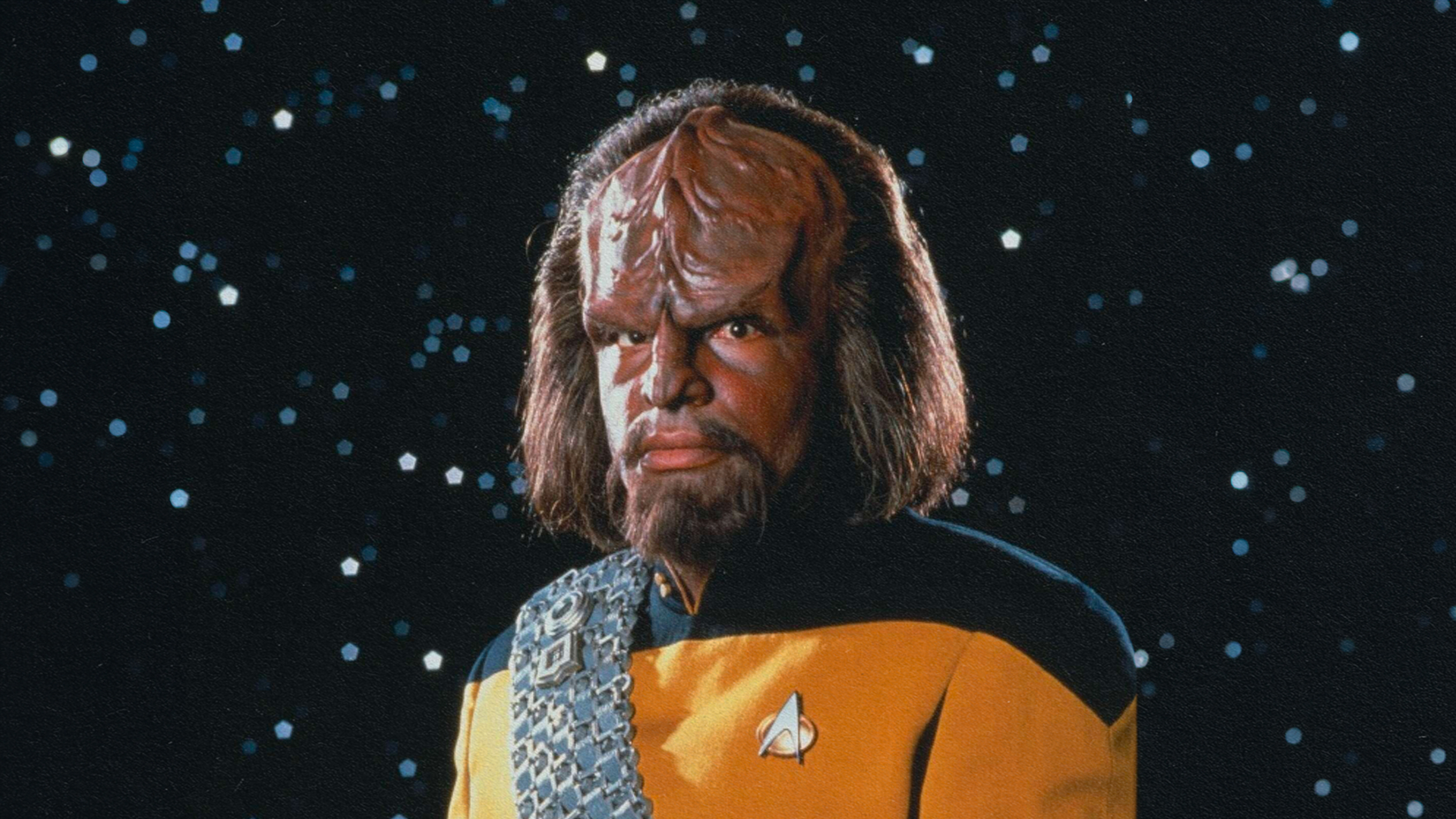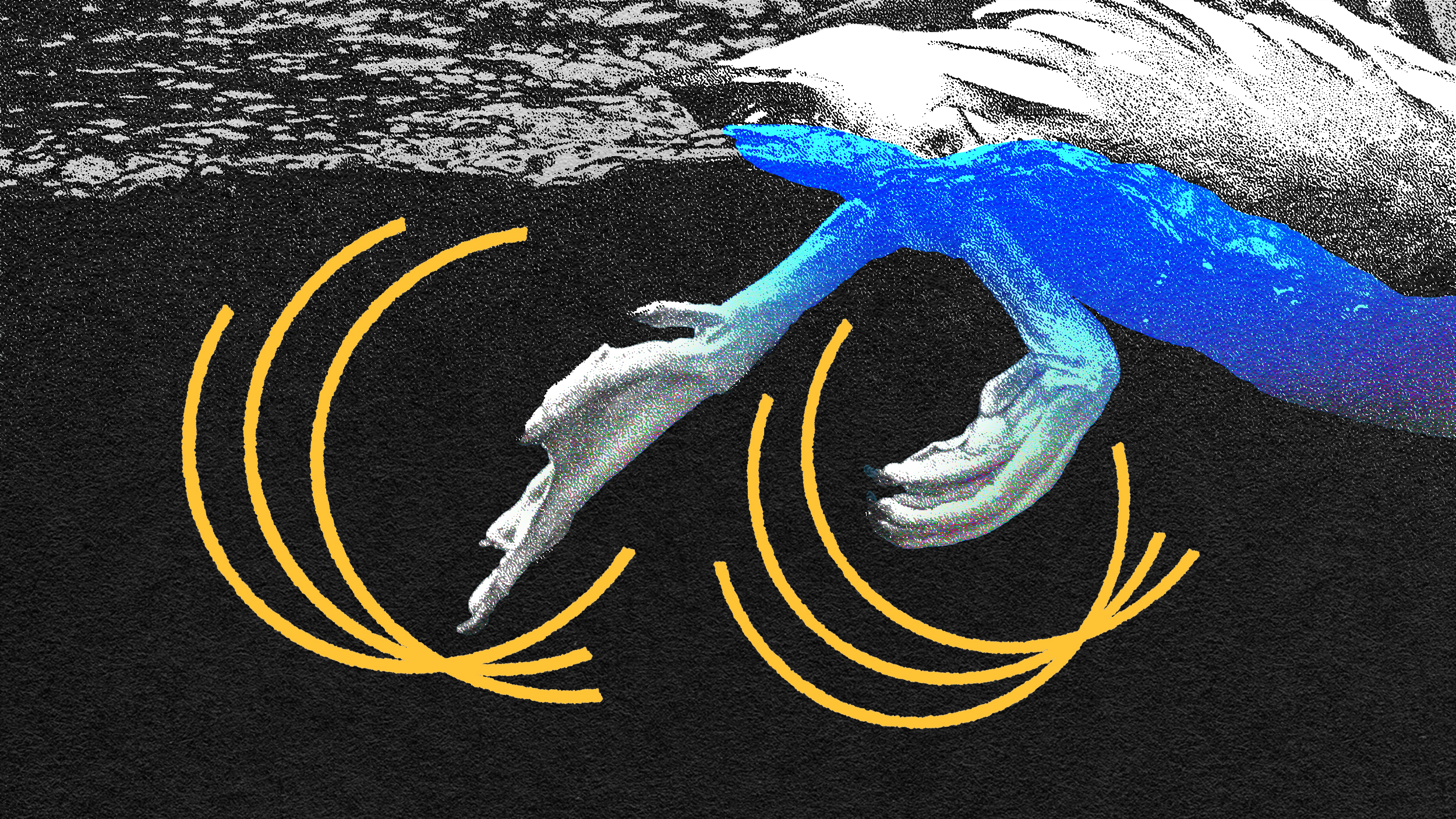10 Golden Age science fiction novels

Stranger in a Strange Land Cover
- The early 20th century saw explosive growth for the science fiction genre.
- A wide range of these books would go on to become classics.
- These great works explore the strange, zany and absurd profundities of our existence.
The first Golden Age of Science Fiction was officially considered to be from 1938 to 1946. As a whole and how most readers view it — the era extended into the early- to mid-1960s. From Jules Verne to earlier proto-science fiction works, the genre has gained more prominence and significance as the years go by. Preceded over by the “big three,” Isaac Asimov, Arthur C. Clarke and Robert Heinlein, this unique Golden Age era produced some of the greatest works of literary art in the past century.
The Martian Chronicles
The Martian Chronicles is a collection of short stories which unfold in an episodic narrative as its characters attempt to colonize Mars. It is both a thrilling story and social philosophical critique on the subject of destructive colonization. Literary critics credit Ray Bradbury’s sequence of stories as the catalyst for the genres eventual widespread acceptance and success.
I, Robot
Asimov’s loosely tied together set of short stories documents a world filled with robots and exceptional technological progress. The robots act as a great foil and transference of some regular old philosophical and societal human problems. Each story exemplifies a different aspect of life drastically changed by the introduction of a robotic artificial intelligence.
The famous Three Laws of Robotics first showed up Asimov’s 1942 story Runaround. Throughout the sophisticated plotlines of Asimov’s stories, he contends with the logical outcomes and paradoxes inherent in his own laws he made up.
1984
There has been so much said about 1984. As far as classics go, it’s relatively new to the pantheon of literary greats. Dystopian oeuvre, George Orwell’s novel is a timeless critique on the menace of faceless bureaucracies and weak minds that fall prey to historical negationism. Deception, lust and existential dread seep from each page. With words like Orwellian becoming a stand in for governmental deception and thoughtcrime and Big Brother entering the cultural vernacular, this book has left its mark for the best.
Naked Lunch
Not usually thought of as a science fiction novel, William Burroughs avant-garde Dadaist cut up technique inspired a countless number of artists in a number of disciplines. Following the travels of William Lee, a drug addict as he flees from the police to Mexico — this novel swerves into the unknown and downright fantastical. Fictional insect drugs, aliens, telepathy and hallucinations at every turn in this non-linear narrative leave you gasping for air. All sorts of depravity and sadistic acts are up for display in this novel. A banned book in some states, it went on to also test the standards of obscenity in literature.
A Canticle for Leibowitz
A Canticle for Leibowitz has a unique setup. Alluded to be a post-World War III, apocalyptic and radiation-laden American setting, civilization is on the peripheries of existence and has reverted to a near primitive state. The only humans concerned with upholding the past is a small scattering of monastic clergy. The book follows along the happenings of one such monastery over the course of hundreds of years. It’s a thoughtful and bone-chilling meditation on the perils of nuclear destruction.
Stranger in a Strange Land
Writing at the forefront and dawn of the far-out ’60s, it seems like Robert Heinlein had the prophetic foresight to usher in an entire generations new hedonistic exploration. The book follows Valentine Michael Smith, a human once stranded on Mars raised by god-like Martians and his return to earth. He is gifted with telekinetic powers. The story follows his journey into the strange labyrinth of human Earth culture.
Here he meets Jubal Harshaw — philosopher polymath and Renaissance Man extraordinaire — as in many of Heinlein’s novels, these sorts of characters are indicative of the way he viewed himself. Smith goes on to lead a commune of free love and general hippie-like existence. It’s of note to say that this was the first science fiction novel of its kind to be placed on The New York TimesBook Review‘s bestsellers list.
A Clockwork Orange
Written in a number of different dialects both real and fictional, A Clockwork Orange follows a young hoodlum living in a near futuristic London. Readers are taken on a journey as Alex causes mayhem with his droogs in an ol’ bit of the ultraviolence. While he’s not out causing chaos, he revels in the sheer gorgeousity of Beethoven’s Fifth. After being sent to prison, he signs himself up to take the Ludovico Technique, an aversion therapy proposed to end his malcontent and malevolent ways. Most readers will recall the equally compelling movie of the same name made by Stanley Kubrick in 1971.
Childhood’s End
Kurt Vonnegut once remarked that Arthur C. Clarke’s Childhood’s End was one of the masterpieces of the science fiction genre. This is no hyperbolic statement. Childhood’s End largely defined the major underpinnings of a great deal of science fiction works. Clarke has given us a rare masterpiece in this book. Transcendence, philosophy and a good benevolent alien invasion makes this book not only an accomplishment for its time, but for the science fiction literary canon in general.
Time out of Joint
Philip K. Dick’s Time Out of Joint stands out as a seminal and shifting work for PKD. After an odd string of events occurs, the book’s Ragle Gumm begins to question the validity of his reality. As a family member begins to see the same strange perturbations of reality, Gumm decides it’s time to skip town. After a number of strange occurrences that trap him in town, he decides its time to investigate a little bit further. This book was a huge influence on movies such as The Truman Show and The Matrix.
The Sirens of Titan
Kurt Vonnegut’s The Sirens of Titan is one of his more lesser known works. It follows Malachi Constant as he ventures through the peculiarities of all time and space. Rather that positioning his character as a triumphant driver of the story, Vonnegut comically labels Malachi as “… a victim of a series of accidents, as are we all.” The plot twists and turns in absurd ways but turns out to be a profound and visionary meditation on a great deal of issues.





